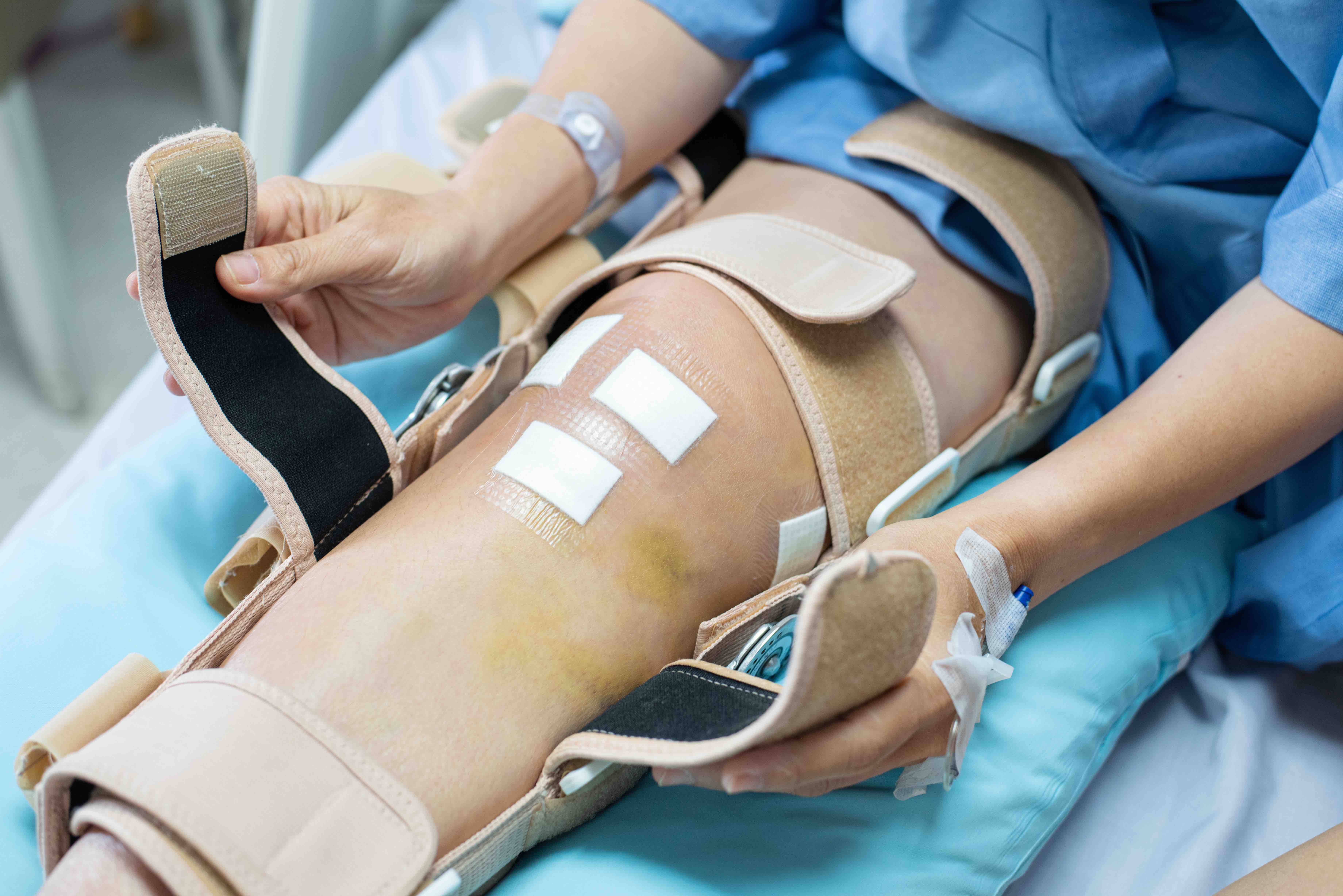Imagine a running back on your favorite football team is trying to score a touchdown. He has one defender in front of him and tries to juke to get by him. However, this instantaneous and sharp movement on the turf causes an anterior cruciate ligament (ACL) tear in the knee, and the running back falls to the ground, holding his knee in agony. According to Beaumont Health, there are approximately 100,000 to 200,000 ACL tears per year in the United States. This type of knee injury is unfortunately common in professional and recreational athletes participating in sports such as football, soccer, and basketball. The ACL is responsible for controlling and stabilizing knee movement. You can find more information about its causes, symptoms, treatments, and more in my previous article, ACL Injury 101. One common perception is that because an ACL tear is a type of knee injury, it only affects the knees. However, according to Dr. Lindsey Lepley, a University of Michigan Professor of Athletic Training, ACL tears can also cause harmful changes in the nervous system.
Image Source: Nikada
Dr. Lepley and her team of researchers studied Magnetic Resonance Imaging (MRI) brain scans of 10 different patients who had a surgically repaired ACL. The MRI brain scans revealed that the corticospinal tract, the pathway that relays messages from the brain to muscles, had been deteriorated and reduced by 15%. The altered corticospinal tract is analogous to a traffic tunnel that narrows and consequently allows fewer vehicles in and out. In these ACL-repaired patients, less information is transferred between the brain and muscles because of the narrower tract. Another recent study about quadriceps neural activity supported this hypothesis. The study revealed that information between the brain and quadriceps muscle was impaired during movement. These changes in communication can ultimately lead to performance deficits, slow recovery, or re-injury. Implications of these deficits include slower reaction times and increased muscle fatigue.
Dr. Lepley’s take-home message is that a knee injury affects not only the knee but also the brain. Athletes, physicians, and athletic trainers alike need to be more cognizant of rehabilitation for both brain communication and the knee. Dr. Lepley suggests that treatment should include improving range of motion with a holistic approach that addresses muscle activation, movement patterns, and neural activity. Examples include using visual retraining and motor learning modality machines that can help the brain adjust to changes in structure. These holistic treatments have tremendous benefits because they can help the athlete not only adapt but also excel with alterations to their knee and brain.
Feature Image Source: © mkitina4 / Adobe Stock.










